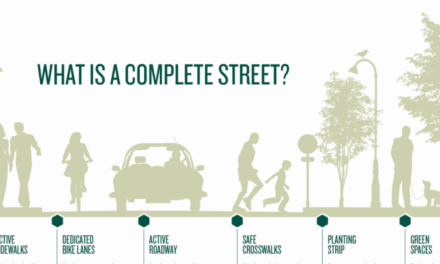From Planetizen:
After the American Public Transit Association announced that public transit ridership reached an all-time high of over 10 billion riders, a variety of commentators sought to minimize the importance of this news, using a wide variety of arguments. Transit critics seek to deny news of ridership increases to encourage politicians to reduce transit service, while transit supporters do the same to prevent their allies from becoming complacent. But all of these arguments share one thing in common: a claim that whatever transit agencies do right, it just isn’t good enough. To name a few examples:
1. The “Only in New York” Strategy: Transit critic Randall O’Toole chose a strategy of total denial, claiming that all of the increase happened in New York City. However, a look at the APTA ridership page shows that bus ridership rose in 20 of the 37 largest bus systems, heavy rail ridership rose in 8 out of 15 systems, and light rail ridership rose in 17 out of 27 transit systems. On balance, ridership seems to have risen more often than not.
2. The “Not As Fast As Population” Strategy: A Washington Post op-ed by several professors points out that per capita ridership is lower than in 2008. However, transit ridership reached another all-time high in 2008 due to exploding gas prices, so comparing 2008 and 2013 shows only that per capita ridership is not at an all-time high. One might as well claim that the Democratic Party is in terminal decline because the current President did not carry 48 out of 50 states (as Franklin Roosevelt did in 1936).
But if one uses other years as a starting point, one sees different results: since 2010, ridership has increased by 4.6 percent, while population has increased by less than 3 percent. And since 1995, ridership increased by 37 percent while population increased by 20 percent. Admittedly, this may not seem like an earth-shaking gain to some: but after decades in which transit use declined in absolute terms, and after a few more decades in which transit growth lagged behind population growth, the current trend might seem newsworthy.
3. The “Most People Still Drive” Strategy: Another common strategy, often accompanied by adroit use of bar charts, is to point out that transit is minuscule percent X of the U.S. transportation market. This argument has the advantage of being consistently factually correct: no matter how much transit use rises, it will never be good enough until the far-off (if not nonexistent) day when public transit use reaches World War II levels. Transit use could quadruple, and pundits could still say “That’s all very well and good, but only 15 or 20 percent of commuters use transit, so shut up.”
So who’s right? The transit pessimists are right, I suppose, in pointing out that most Americans still drive to work. But the transit boosters are right in pointing out that transit use is not only rising, but rising to a greater extent than in past decades.



